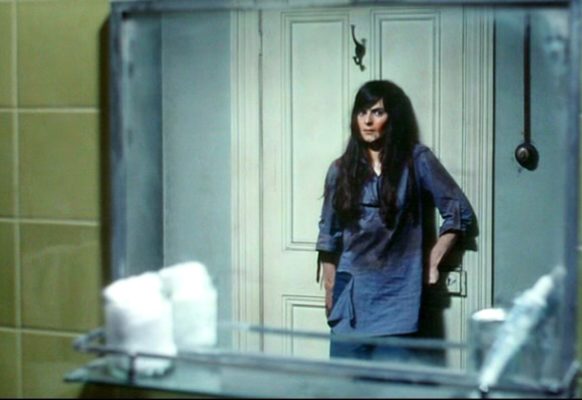
In Horror Bucket List, I fill in gaps in my horror film knowledge based on recommendations from friends on Twitter. We then have a back and forth discussion about their history with the film.
Next up: we’re traveling Down Under for the bizarre and gorgeous Next of Kin (1982) with Kill By Kill podcast’s Patrick Hamilton.
Spoilers follow…
https://www.youtube.com/watch?v=saTmSjdRTGA&t=24s
Plot: In a rest home for elderly people, Linda (Jacki Kerin) reads her mother’s diaries and soon events that are mentioned in the diary begin to happen to her.
Patrick, you’re well known for your deep-cut knowledge of film and pop culture, particularly 80s horror, so I probably shouldn’t have been surprised when you picked Next of Kin. When did you first see it and why did you want to discuss it?
You may be giving my weird fascination with arcane 80s pop culture references too much credit. It’s all taking up serious space in my head, frankly.
Outside of a few stragglers in my video store days, I wasn’t particularly fluent in the 70s and 80s boom in Australian genre films outside of crossovers like Mad Max and the grimy, telekinetic melodrama, Patrick (I mean, why would I not rent a movie with my name in it? Also, I love watching elderly men eat frogs against their will. It’s my passion).
I first heard about Next Of Kin from a small segment in the middle of the Ozploitation documentary, Not Quite Hollywood in 2008. After watching the documentary, I immediately started a Note on my laptop of all the movies that I wanted to see for myself. Thirst, The Survivor, Turkey Shoot… but the one I wanted to see with my own eyeballs more than anything else was Next of Kin. There’s a couple of minutes dedicated to it in the doc that boils down to Quentin Tarantino putting the film on the same level as The Shining (!!) and a brief discussion of the explosion at the end. All you can really gather from that intro is that the movie has some seriously trippy imagery and a poorly timed fireball in the finale.
I wanted to know more. I wanted to know everything.
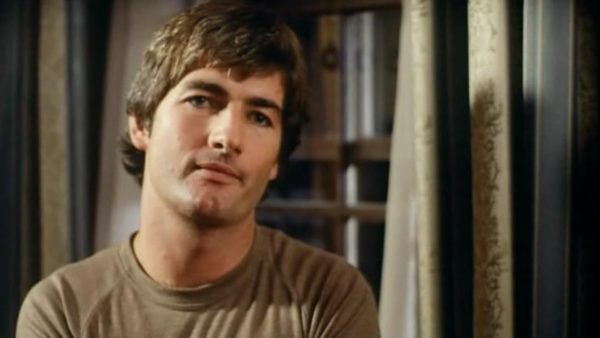
It wasn’t until I got an all-region blu of the film from Umbrella a couple of years ago that I was actually able to see the movie front-to-back and it was love at first sight. The big reason I wanted to discuss it was to spread the word. It’s a criminally under appreciated gem. The director, Tony Williams, kinda gave up on movies for a while after this. He went into the TV miniseries game, never dabbling in horror again. A damn shame, frankly. If this premiered at SXSW or Fantastic Fest as a midnighter, reviewers would be breaking the internet with praise. Even now that it had a stateside release by Severin and its been up on Amazon Prime and Shudder for streaming, it still feels like Kin isn’t getting its due.
Next of Kin is many things. All combined, the film offers more than a few surprises. How would you describe what happens to folks?
The movie is able to sweep you up and transport you into this small town that has an almost Stars Hallow feel, filled with kindly (probably overly involved) townsfolk who all seem to have some stake in one another’s lives. Linda, played in the most grounded way possible by Jacki Kerin, is brought back to her childhood home by the death of her mother. Linda loves the residents of the Montclare Retirement Home that’s been passed down to her in the will by her mother, but it’s not the life she wants.
Linda feels like she might drown under the responsibility of it all. We get a lot of water imagery to underline that too. She knows this house too well, she knows this town too intimately. It’s a major dead end. She feels drained by the empathy she feels for the elderly wards of her mother’s business. Linda is compassionate and present for them and that sort of work really takes an emotional toll.
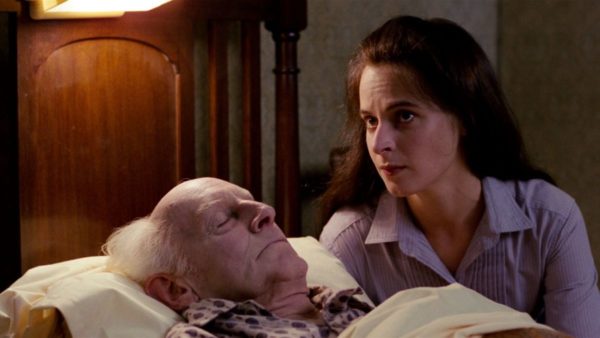
And then Linda discovers her mother’s diaries. Events, people and backstory that Linda assumed she understood turn out to be lies and lifelong deceptions; there’s even a plot to steal her inheritance out from underneath her. It all gets very Rebecca as people she believed she could trust are actually working against her. Her world spins and the center is not holding. And then people start disappearing. Then dying.
This is a frankly beautiful and atmospheric film. Is there a specific scene or visual element that comes to mind when you think of Next of Kin?
Next of Kin uses a lot of camera movement. Our POV is constantly shifting, even when Linda is doing something as simple as reading one of her mother’s diaries in bed. When the camera is still, it makes you wonder when the hammer is about to drop.
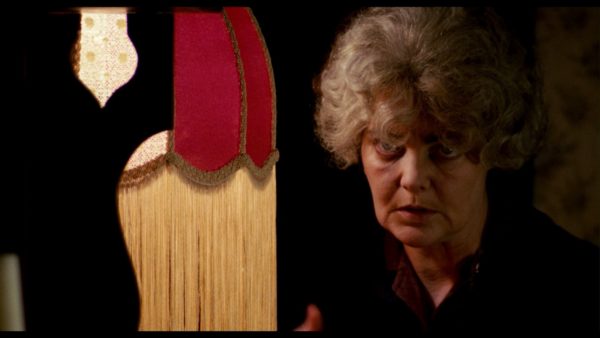
Towards the end, a fleeing Linda takes shelter from an unseen attacker in her mother’s old bedroom. At the desk, she finds a figure dressed in her mother’s robe and wig. It’s the perfect Psycho set-up – instead, it’s a very alive Mrs. Ryan (Bernadette Gibson) who turns out to be Rita, the aunt Linda believed was dead.
Rita has come back to take what she believes is rightly hers: Montclare. Rita starts to tell Linda her side of the family’s dark secret, that her sister (Linda’s mom) was the one who was “mad” and Rita was locked up to take the wrap for a murder at the Retirement Home. Just out of Linda’s view we see that Rita’s hands are stained with blood. In this moment, the audience knows something Linda doesn’t and it cranks up the tension and danger in the scene to new heights.
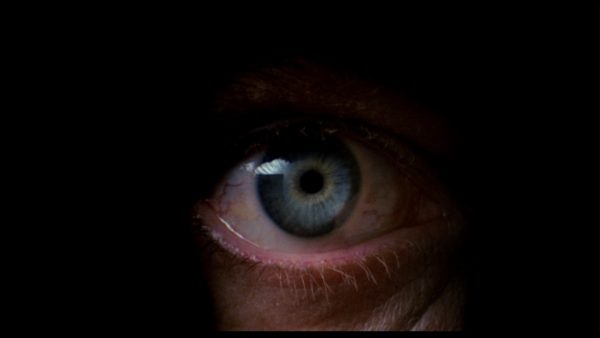
I love this entire climax, with the not-quite-twist reveal of Rita and her crazed son being behind the murders. It almost reminds me of Don’t Look Now, which spends its runtime focusing on a wholly separate plotline, only to then pivot at the last minute for a “where did that come from?!” ending. It’s actually very satisfying, which is surprising considering that so much of Next of Kin plays like a supernatural haunting film.
Do you have another memorable scene?
That reminds me – I gotta pop in that Criterion disc of Don’t Look Now! Another Euro-horror that Kin feels directly in line with. Good call.
One of my favorite bravura moments is when a battered Linda, who has fled Montclare to the local roadside gas station and grill, begins to build a sugar cube pyramid while in a fugue state. She’s putting together all the pieces of the plot in her mind while constructing this tenuous wall of sugar. Before she reaches the top, Linda runs out of cubes and the shop owner’s kid, who just happens to be there, pushes over a full dish to Linda. It’s non-verbal, quiet and the perfect distraction before Rita’s crazed son drives his van through the front of the restaurant! It’s the wildest damn thing. I think Next of Kin has a ton in common with another 80s Australian Hitchcock riff, Road Games. They would make an amazing double bill.
Oh yes – I just recently watched Road Games for the first time and I loved how unexpected it was. Both films play with conventions of the genre without strictly adhering to them!
I mean, how cool was the Australian film scene at this time? You could remake Rear Window inside speeding vehicles in the Outback and Rebecca with skinny-dipping and wheelchair-propelled flying corpses!
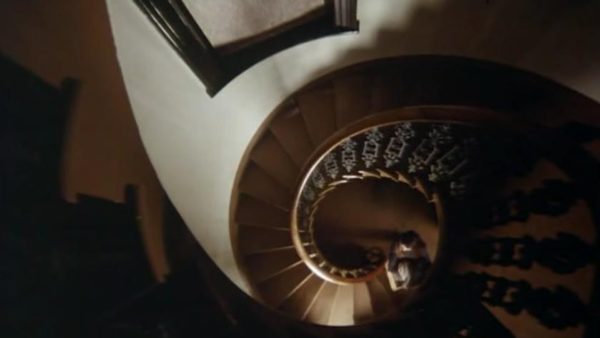
Speaking of genre tropes, I tend to hate “is she going crazy or is this all happening?” horror films (because spoiler: she’s rarely going crazy). Next of Kin somehow manages to adhere to the regular conventions without falling prey to predictability. What are your thoughts on how Michael Heath and co-writer/director Tony Williams accomplish this feat?
Can’t say I’m a superfan of the trope, either, but I do also wonder if my reaction to such plot devices is tied to the truth that my sanity is so rarely questioned? Whereas we know that gaslighting is often aimed more at women as a weapon.
I’ll grant you that the threat of “Am I crazy?” is awfully weak in most movies. If you were crazy, it usually deflates all of the tension. What are the stakes beyond the protagonist’s sanity? In Next of Kin, my reaction during my first watch of the movie was that it was more of a ghost story. Linda’s mom is always talking about strange noises and things being out of place. Linda writes it all off at the start because she regards her mother as “unreliable and unpredictable”. When it starts happening to her, I initially chalked it up to a supernatural cause; it’s the film pushing a “generational insanity” idea and Linda is doomed to suffer the same maladies of the mind like her mother. Or is Montclare, filled with so many departed souls as the source of everyone’s maladies? Part of me wants it to be both. A sort of spiritual predecessor to The Pact you covered a while back.

Full confession: I hate the poster art. I think it’s baffling and doesn’t do a good job of representing how mature and introspective the film is. What message do you think they’re aiming for with this and where does it stand in the pantheons of memorable horror cover art for you?
Frankly, I think they were trying to sell a psychological horror movie as they would a haunted house or slasher film. It’s not the first movie title of the early 80s to promote itself as something it isn’t, especially in horror. My mind instantly goes to the key art for The Initiation which promises something sexier and full of witchcraft than the slow-moving revenge slasher it happens to be in reality.
Montclare is super creepy and gothic. The “red right hand” reaching down in the poster only really makes some modicum of sense after you’ve seen the movie’s raucous third act. It’s a stretch.
As a TV & movie marketer myself, sometimes stakeholders in the process decide to “sell what the show could be, rather than what it is.” Next of Kin’s first audience would be Australian drive-in crowds, so the marketing team felt the need to appeal to that group first and foremost to buy tickets. Something tells me that evoking the Euro-suspense films that Next of Kin was actually referencing, like Roger Vadim’s Blood & Roses and Hitchcock’s Rebecca weren’t “sexy” enough for the exploitation movie crowd the producers needed to get butts in seats or drive-in stalls.
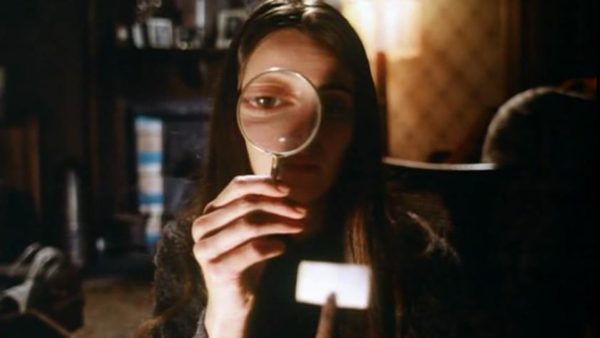
Yeah, it’s always disappointing that the horror film marketing doesn’t put more trust in audiences to respond to mature, complicated texts. Obviously it’s a business and they need the aforementioned “butts in seats” but it always seemed misguided to me to deceive audiences to try and make a quick buck in the short run – it certainly set up the genre to prioritize “one weekend wonders” which flop hard in subsequent weeks because audiences were sold a false bill of goods.
Yeah, I feel you. Horror is so elastic. It can stretch and reform to encompass an incredible array of different genres. Its beauty is its simplicity. That simplicity is also the siren call to movie makers of every level to take a whack at it. Screaming in a dark room full of people is cathartic and exhilarating, so it’s no wonder that so many studios keep the genre in the pipeline. It just means that the batting average for stuff that truly works remains stubbornly at .300. Plenty of room for lots of movies to strike out at the plate.
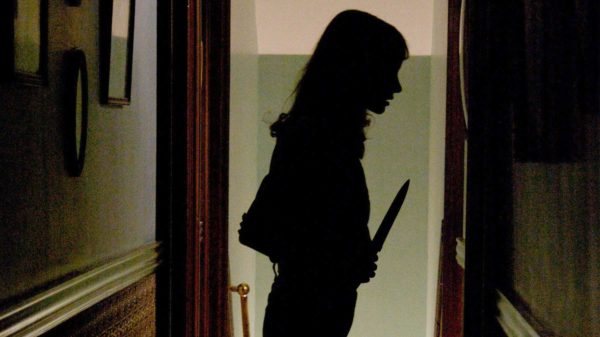
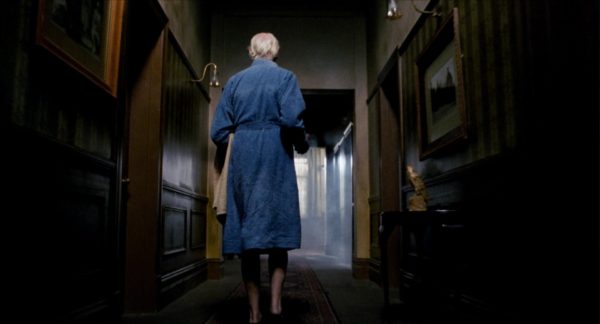
Economics aside, what do you see Next of Kin’s legacy being? Do you see its influence in other films or is this a true underseen classic that filmmakers and audiences have slept on?
I’ve been sitting with this question for a bit and I’m a little flummoxed to think of a film that nails this kind of tone and pace in the modern era. For sure, House of the Devil (top picture above) is the current champion of slow-burn terror, but even it shows you its hand in one explosive scene 30 minutes in. Kin just tightens the screws until the final 30 minutes and then explodes in a gonzo, blood soaked clash. It’s a rare bird.
Someone out there is going to watch Next of Kin and create something amazing.
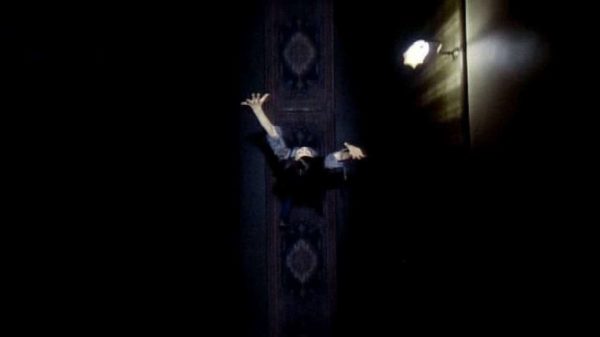
Regardless of how (in)famous it is, I absolutely adored Next of Kin and I’m so happy you pitched it for this! I love daring, experimental horror and this film is legitimately gorgeous. It’s a strong 4.5/5 for me.
Patrick, what is your final score (out of 5) and where can people find you if they wanna chat more about the film or your other projects?
I’m with you. Strong 4.5/5 for me as well. There’s a payoff to that slow start, readers, I promise!
The best place to connect with me is on the wonderfully modern hellscape we call Twitter under my podcast’s handle, @KillByKillPod (it should just be the show’s interface, but I overly invested myself in it long ago). Hopefully also want to check out the podcast itself: Kill By Kill (available anywhere you get your pods). We tend to cover down and dirty examples of 80s and 90s horror and are graced with some fantastic guests, like you, Joe!
Next time: we’re headed up The Holy Mountain (1973) with Gaylords of Darkness’ Stacie Ponder and Anthony Hudson.